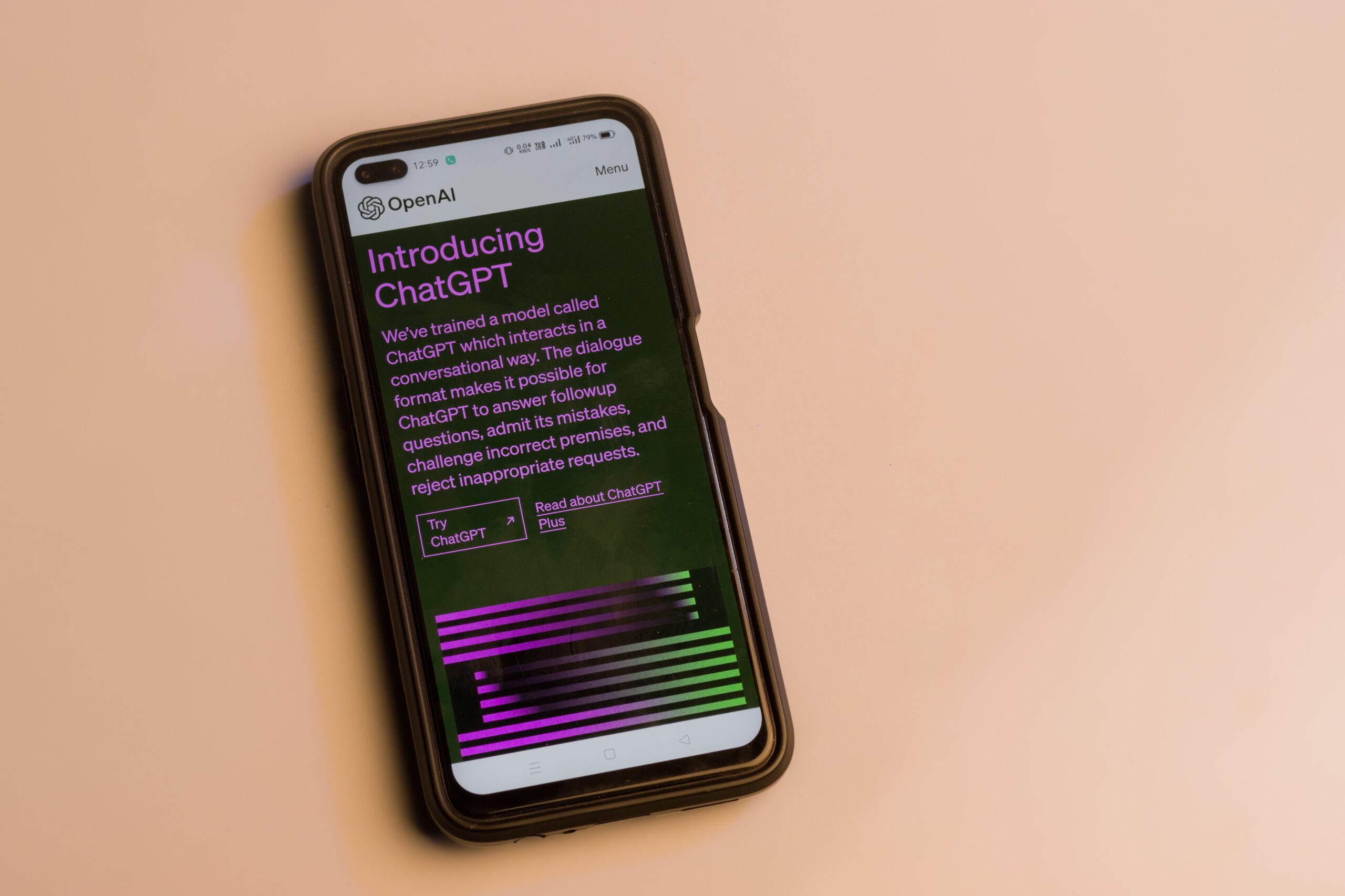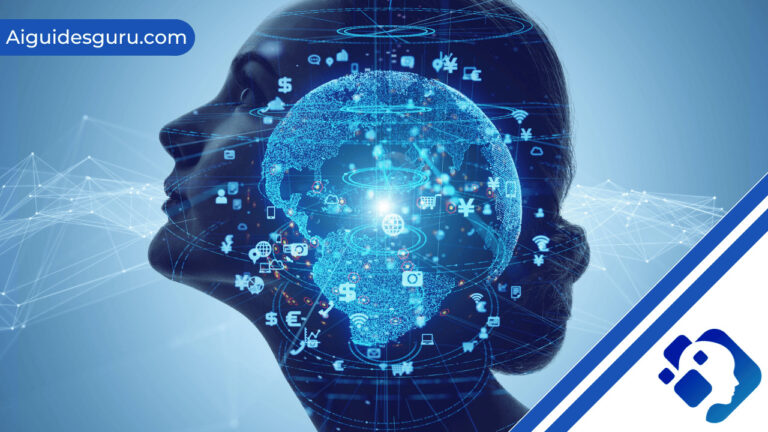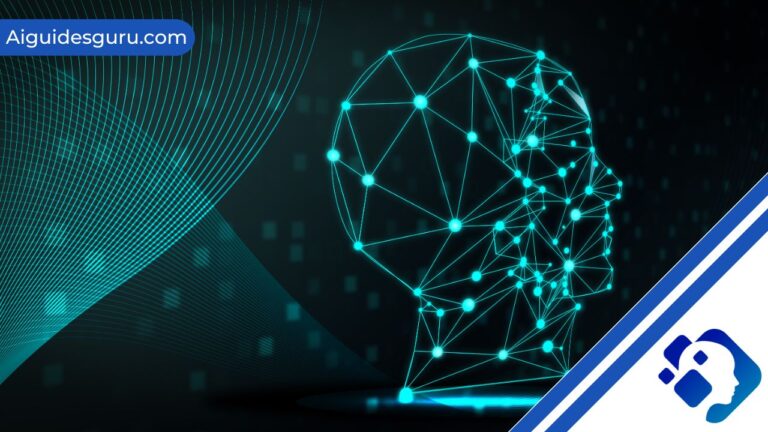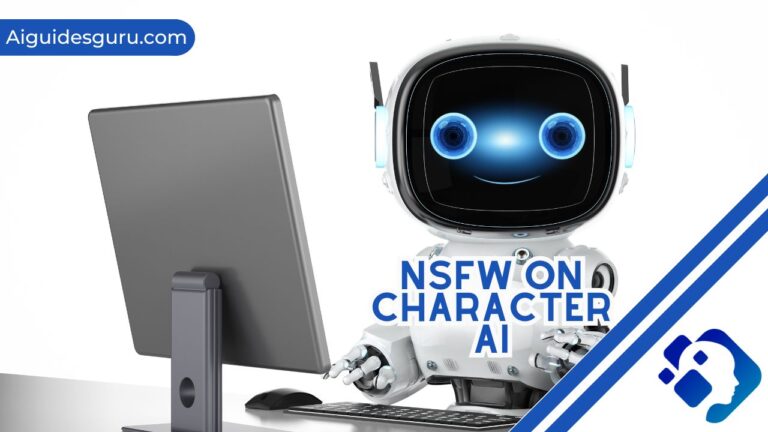Can Universities Detect ChatGPT?

In today’s digital age, students are constantly seeking ways to streamline their academic workload. With the emergence of advanced AI models like ChatGPT, students have started relying on these tools to assist them in writing assignments and essays. However, this raises the question: can universities detect ChatGPT usage? In this article, we will delve into the topic, exploring the various factors that universities consider when evaluating student work and the limitations of AI detection tools.
Understanding ChatGPT
Before we dive into the detection methods employed by universities, let’s explore what ChatGPT is and how it functions. Developed by OpenAI, ChatGPT is an AI language model known for its advanced natural language processing capabilities. It can generate human-like text, often resulting in indistinguishable responses from those created by humans. This feature has made ChatGPT a popular tool among students for completing assignments.
The Detectability of ChatGPT
While ChatGPT may seem like an undetectable solution for academic writing, universities have implemented various strategies to identify its usage. Although detection is not foolproof, it relies on a combination of factors, including AI detection tools, visual cues, and the expertise of professors.
AI Detection Tools
Universities employ AI detection tools such as Turnitin, GPTZero, and AI Classifier to evaluate written content and identify potential usage of ChatGPT. These tools analyze writing patterns, assess text distribution, and check for randomness. However, it is important to note that these detectors are not always reliable, especially when it comes to detecting short sentences or distinguishing between AI-generated and human-written content.
Visual Cues and Professor Expertise
Professors play a crucial role in detecting ChatGPT usage. Their expertise allows them to spot changes in writing style, performance, and critical analysis skills. Moreover, they can identify visual hints in submissions, such as biased or factually incorrect information, which may indicate the involvement of AI tools like ChatGPT.
Read More: Windows 11 Can’t Connect To This Network
Limitations of AI Detection
While universities have implemented AI detection tools, it is important to acknowledge their limitations. These tools are still evolving and may yield inconsistent results. In some cases, they may even flag human-written content as AI-generated, reducing their reliability. However, as these tools continue to improve and gather larger amounts of data, their accuracy is expected to increase over time.
Academic Integrity and Potential Consequences
Using ChatGPT or any AI writing tool raises concerns about academic integrity and the development of critical thinking and writing skills. Relying solely on AI-generated content deprives students of the opportunity to cultivate their own understanding and analysis. Moreover, the potential for plagiarism increases when using these tools, as students may unknowingly submit content similar to that generated by other ChatGPT users.
Detection of ChatGPT Codes
In addition to writing assignments, ChatGPT can also generate codes for programming assignments. Detecting ChatGPT-generated code poses a unique challenge for universities. While AI detection tools may not specifically flag AI-generated code, professors can still identify suspicious patterns. If a student submits code that hasn’t been taught or displays a level of sophistication beyond their grade level, it may arouse suspicion. Furthermore, if multiple students submit similar sets of code, professors may infer the usage of ChatGPT.
Turnitin and ChatGPT Detection
Turnitin, a widely used plagiarism detection software, has been a primary concern for students wondering if it can detect ChatGPT usage. While Turnitin primarily focuses on detecting plagiarism, it has recently introduced the Turnitin AI Innovation Lab, which aims to identify AI-generated content. However, it is important to note that ChatGPT’s responses are not direct copies of specific text, as the model generates its own responses based on the data it was trained on.
Read More: Can Chat GPT Write and Fix Code
Conclusion
In conclusion, universities have implemented various strategies to detect the usage of ChatGPT and other AI writing tools. While AI detection tools like Turnitin and GPTZero exist, they are not always reliable and may produce inconsistent results. Professors play a crucial role in identifying visual cues and changes in student writing patterns. Academic integrity and the development of critical thinking skills are important considerations when deciding to use ChatGPT or similar AI tools. It is essential for students to prioritize their own learning and avoid overreliance on AI-generated content.
FAQs
Can universities detect ChatGPT usage with 100% accuracy?
No, universities cannot detect ChatGPT usage with 100% accuracy. While AI detection tools and professor expertise can help identify potential usage, there are limitations to their effectiveness. These tools are constantly evolving, and their accuracy is expected to improve over time.
Are there any consequences for using ChatGPT in academic assignments?
The consequences for using ChatGPT or any AI writing tool depend on the policies of individual universities. However, it is important to prioritize academic integrity and the development of critical thinking skills. Overreliance on AI-generated content can hinder personal growth and may lead to potential plagiarism issues.
How can students avoid detection when using ChatGPT?
While there is no foolproof method to avoid detection, students can minimize the risk by ensuring that their work demonstrates their own understanding and critical analysis. It is important to use AI tools like ChatGPT as a supplement to learning rather than a replacement for personal effort and development.






